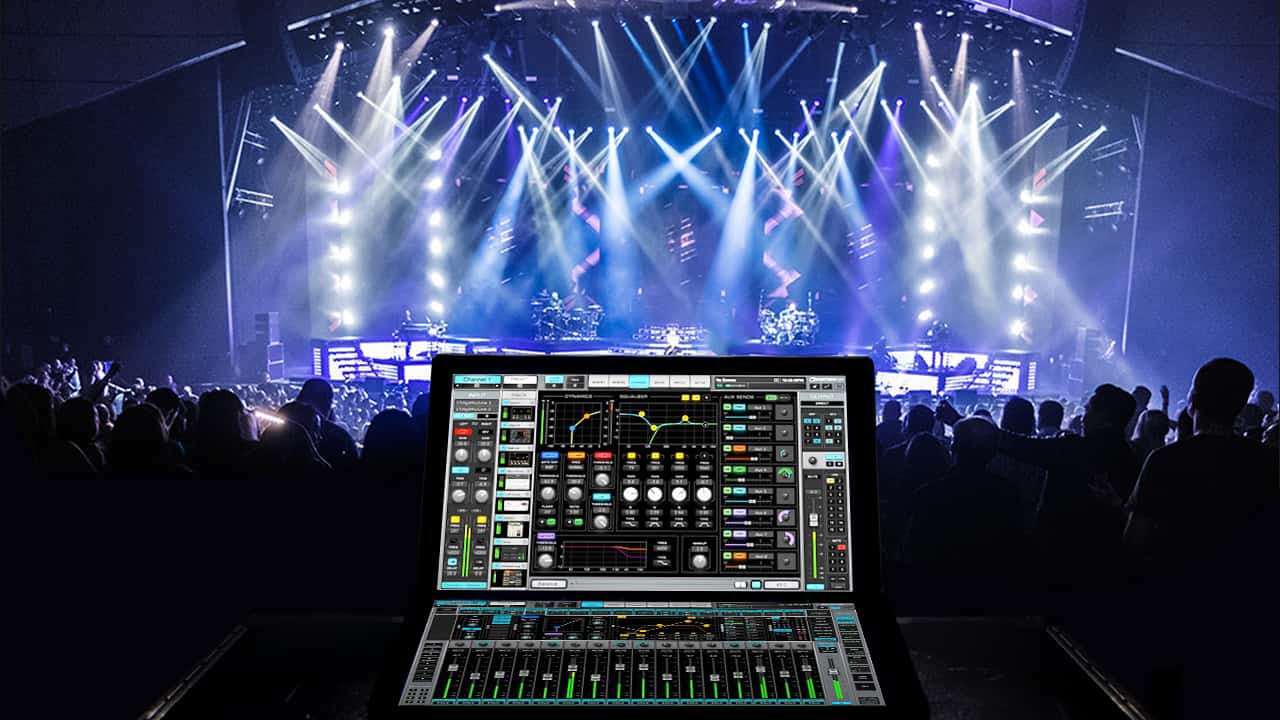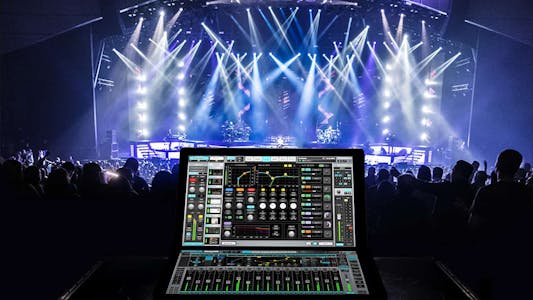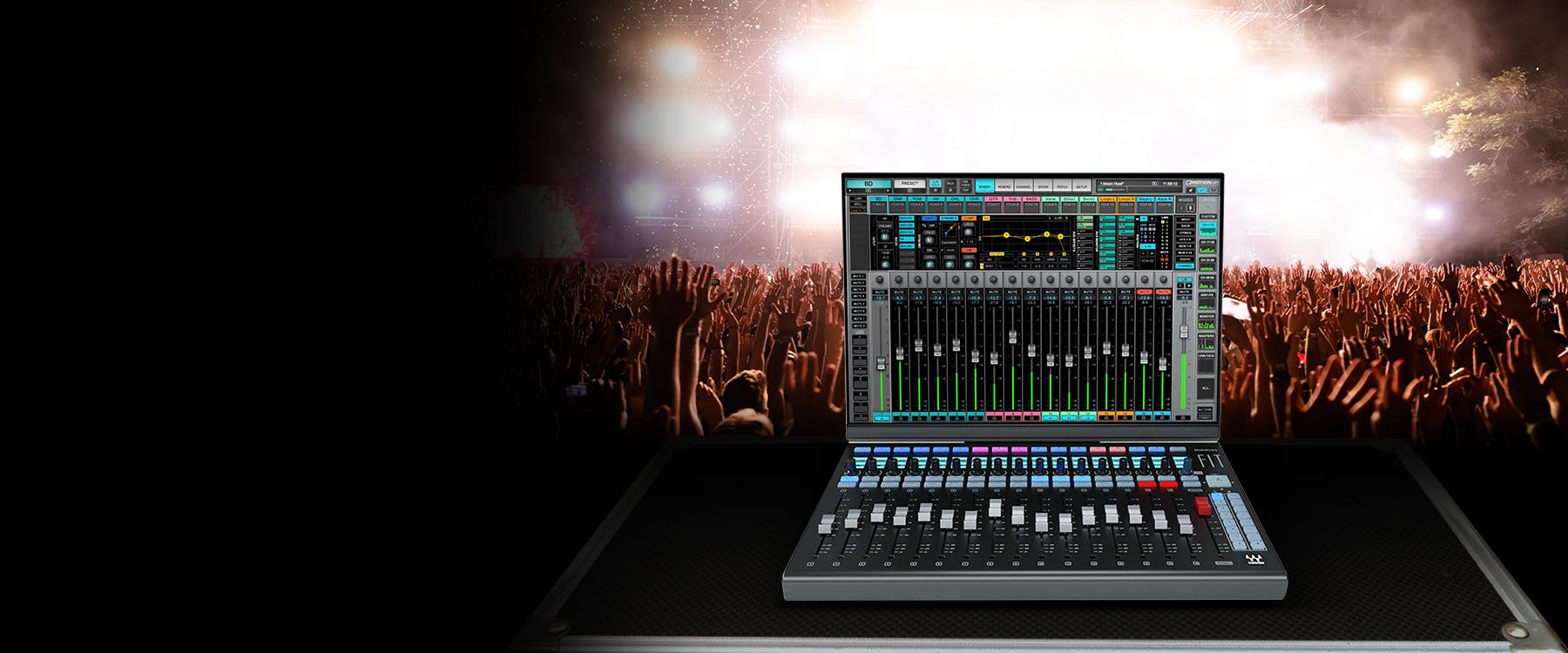eMotion LV1 Live Mixer Training
A complete video guide to operating the Waves eMotion LV1 live mixer software
LV1TRN

[{"nodeGUID":"0da8e7aa-162c-494f-bb39-6aec2561264c","nodeID":505,"documentName":"eMotion LV1 Live Mixer Training","documentID":0,"documentUrlPath":"/courses/emotion-lv1-live-mixer-training","thumb":"/images/products/courses/max/emotion-lv1-live-mixer-training.jpg","msrp":0.000000000,"skuPrice":0.000000000,"discount":0,"mainOrder":0,"includedInSBS":0,"skuid":616,"skuName":"","skuParentSKUID":0,"skuEnabled":false,"skuNumber":"LV1TRN","note":"\u003Ca class=\u0022w-btn bg-yellow-400 text-gray-700 w-auto\u0022 data-sticky href=\u0022/emotion-lv1-tutorial-0-1-intro-welcome\u0022 data-gavalue=\u0022emotion lv1 live mixer training\u0022 data-gaevent=\u0022Free\u0022\u003EWatch Now\u003C/a\u003E","documentPageDescription":"Watch this series of video tutorials for a complete guide on how to efficiently set up and fully operate the eMotion LV1 live mixing console software.","tagline":"","departmentID":6,"gsfCategory":"","fixedPosition":false,"expectedShipping":"","productID":398,"upgrades":false,"demoType":0,"isInventory":false,"manualPDF":"","sbsIncludedIn":0,"addToCartStatus":1,"isWishlist":false,"couponCode":"","couponCampaignID":0,"couponPrice":0.00,"couponStripeHTML":"","numberOfLessons":0,"courseDurationHours":0.00,"numberOfPlugins":0,"upgradeTargetID":0,"parentSKUNumber":"","categoryDisplayName":"","isProductOptions":false,"variantsMinimalPrice":0,"isVariantsPriceSame":false,"isPreorder":false,"optionOrder":0,"optionName":"","reviewsTotal":0,"rating":0,"saleEndDate":"0001-01-01T00:00:00","badgeClass":"","badgeText":""}]

A Complete Guide to Operating the
Waves eMotion LV1 Live Mixer Software
Watch this series of video tutorials for a complete guide on how to efficiently set up and fully operate the eMotion LV1 live mixer software. Like the mixer itself, the tutorials are organized by window, by page, and finally by sections and controls.
{"courseID":1000,"skuNumber":"","numberOfLessons":43,"courseDurationHours":4.00,"numberOfPlugins":0,"includesFoundation":false}
[{ "unitNumber": 0, "unitName": "Welcome – Getting Started with eMotion LV1 live mixing console", "pageNumber": 1, "pageName": "Introduction" }, { "unitNumber": 0, "unitName": "Introduction", "pageNumber": 2, "pageName": "Installation – Software & hardware components; mixer setups" }, { "unitNumber": 0, "unitName": "Introduction", "pageNumber": 3, "pageName": "Top Bar – Navigation and management tools for presets, sessions, and more" }, { "unitNumber": 1, "unitName": "Chapter 1: Setup Window", "pageNumber": 1, "pageName": "System Inventory Overview – Configure I/Os, mixer preferences and more" }, { "unitNumber": 1, "unitName": "Chapter 1: Setup Window", "pageNumber": 2, "pageName": "Configuring I/O Devices – Add and configure I/Os to the device rack" }, { "unitNumber": 1, "unitName": "Chapter 1: Setup Window", "pageNumber": 3, "pageName": "Servers, Controllers, Working Offline" }, { "unitNumber": 1, "unitName": "Chapter 1: Setup Window", "pageNumber": 4, "pageName": "Sample Rate – Sync master/slave clock settings" }, { "unitNumber": 1, "unitName": "Chapter 1: Setup Window", "pageNumber": 5, "pageName": "Mixer Settings – Set latency and buffer size; configure channel parameters" }, { "unitNumber": 1, "unitName": "Chapter 1: Setup Window", "pageNumber": 6, "pageName": "User Interface Settings – Create personalized shortcut keys" }, { "unitNumber": 1, "unitName": "Chapter 1: Setup Window", "pageNumber": 7, "pageName": "I/O Sharing – Share stageboxes between two LV1 mixers" }, { "unitNumber": 2, "unitName": "Chapter 2: Patch Window", "pageNumber": 1, "pageName": "Patch Window Overview – Patch & route inputs, outputs and devices" }, { "unitNumber": 2, "unitName": "Chapter 2: Patch Window", "pageNumber": 2, "pageName": "Using the Patch Window – Patch channels, busses, auxes and more" }, { "unitNumber": 3, "unitName": "Chapter 3: Channel Window", "pageNumber": 1, "pageName": "Channel Window Overview – Complete guide to channel parameter controls" }, { "unitNumber": 3, "unitName": "Chapter 3: Channel Window", "pageNumber": 2, "pageName": "Preset Menu – Load, copy, save, import and recall channel presets" }, { "unitNumber": 3, "unitName": "Chapter 3: Channel Window", "pageNumber": 3, "pageName": "Inputs – Mono/stereo, gain, trim, HP/LP filters, cue, pan & phantom power" }, { "unitNumber": 3, "unitName": "Chapter 3: Channel Window", "pageNumber": 4, "pageName": "Plugins – Add, manage and recall plugin inserts and insert chains" }, { "unitNumber": 3, "unitName": "Chapter 3: Channel Window", "pageNumber": 5, "pageName": "Main Control Panel – Access LV1’s channel strip plugins: eMo D5, Q4, F2" }, { "unitNumber": 3, "unitName": "Chapter 3: Channel Window", "pageNumber": 6, "pageName": "Aux Sends – Configure and route aux sends" }, { "unitNumber": 3, "unitName": "Chapter 3: Channel Window", "pageNumber": 7, "pageName": "Outputs – Configure main/direct outputs and internal assignments" }, { "unitNumber": 3, "unitName": "Chapter 3: Channel Window", "pageNumber": 8, "pageName": "Cue – Cue/solo routing and monitoring" }, { "unitNumber": 3, "unitName": "Chapter 3: Channel Window", "pageNumber": 9, "pageName": "Talkback – Configure and use talkback" }, { "unitNumber": 3, "unitName": "Chapter 3: Channel Window", "pageNumber": 10, "pageName": "Matrix – Mix sends & routing matrixes" }, { "unitNumber": 3, "unitName": "Chapter 3: Channel Window", "pageNumber": 11, "pageName": "Links and DCAs – Control faders remotely; link channel controls" }, { "unitNumber": 4, "unitName": "Chapter 4: Mixer Window", "pageNumber": 1, "pageName": "Mixer Window Overview – A tour of the Mixer windows sections" }, { "unitNumber": 4, "unitName": "Chapter 4: Mixer Window", "pageNumber": 2, "pageName": "Channels, Groups & Aux Layers – Assign channels & groups to auxes" }, { "unitNumber": 4, "unitName": "Chapter 4: Mixer Window", "pageNumber": 3, "pageName": "Masters, All & Links/DCA Layers – Adjust master output levels" }, { "unitNumber": 4, "unitName": "Chapter 4: Mixer Window", "pageNumber": 4, "pageName": "Custom Layers – Create your own layers for quick access" }, { "unitNumber": 4, "unitName": "Chapter 4: Mixer Window", "pageNumber": 5, "pageName": "Channel Strip Part 1 – Channel input processing & routing" }, { "unitNumber": 4, "unitName": "Chapter 4: Mixer Window", "pageNumber": 6, "pageName": "Channel Strip Part 2 – L/R channel panning, rotating & stereo imaging" }, { "unitNumber": 4, "unitName": "Chapter 4: Mixer Window", "pageNumber": 7, "pageName": "Input, Dyn-EQ and Special Modes – Control dynamics & EQ" }, { "unitNumber": 4, "unitName": "Chapter 4: Mixer Window", "pageNumber": 8, "pageName": "Rack Mode – Add, remove, copy and bypass plugins" }, { "unitNumber": 4, "unitName": "Chapter 4: Mixer Window", "pageNumber": 9, "pageName": "Aux Mode – Send channels and busses to auxes" }, { "unitNumber": 4, "unitName": "Chapter 4: Mixer Window", "pageNumber": 10, "pageName": "Route and Channel Modes – Patch mixer & I/Os; channel controls" }, { "unitNumber": 4, "unitName": "Chapter 4: Mixer Window", "pageNumber": 11, "pageName": "Master Fader – Control main outputs" }, { "unitNumber": 4, "unitName": "Chapter 4: Mixer Window", "pageNumber": 12, "pageName": "Mixer Utilities – Configure user-assignable keys & other utilities" }, { "unitNumber": 4, "unitName": "Chapter 4: Mixer Window", "pageNumber": 13, "pageName": "Links – Control mixer parameters across several channels" }, { "unitNumber": 5, "unitName": "Chapter 5: Show Window", "pageNumber": 1, "pageName": "Sessions – Save, load, and manage sessions and templates" }, { "unitNumber": 5, "unitName": "Chapter 5: Show Window", "pageNumber": 2, "pageName": "Matching Sessions and Inventory – Resolve session/inventory mismatches" }, { "unitNumber": 5, "unitName": "Chapter 5: Show Window", "pageNumber": 3, "pageName": "Scenes – Create, store, save, and recall snapshots" }, { "unitNumber": 5, "unitName": "Chapter 5: Show Window", "pageNumber": 4, "pageName": "Recall Safe – Protect parameters during scene changes" }, { "unitNumber": 6, "unitName": "Chapter 6: Extras", "pageNumber": 1, "pageName": "Configuring Mackie Control Devices – Setting up and assigning external controllers with MCU protocol" }, { "unitNumber": 6, "unitName": "Chapter 6: Extras", "pageNumber": 2, "pageName": "Using Mackie Control Devices – Using external controllers with MCU protocol" }, { "unitNumber": 6, "unitName": "Chapter 6: Extras", "pageNumber": 3, "pageName": "Delay and Delay Compensation – Time-align channel, group, mixer signal flow and plugin latency" } ]
{"courseID":0,"skuNumber":"","numberOfLessons":0,"courseDurationHours":0,"numberOfPlugins":0,"includesFoundation":false}
[]
Loading course outline....
